Ever feel like your product marketing efforts are missing the bigger picture? That’s where solutions marketing comes in.
This strategy takes a step back from traditional product marketing to offer a holistic solution that meets your customer’s bigger challenges.
Sounds good, right?
In this article, we’ll explore:
- What solutions marketing means and how it’s different from product marketing
- The key benefits of using solutions marketing to drive sales and build relationships
- The best practices and challenges involved in implementing this approach
Let’s get into it.
Defining solutions marketing
So, just what the heck is solutions marketing? In a nutshell, it’s the art of offering comprehensive solutions to customer problems.
Instead of focusing on individual features or standalone products, this approach bundles together multiple offerings, services, or resources into a comprehensive package designed to address your customer's big-picture challenges.
Think of it like this: rather than pitching a product that might check off one box on your customer's list, you're offering a full toolkit that tackles their entire problem. It’s about understanding the customer's pain points, then showing them how your solution can help – from start to finish.
So, if you’ve ever felt like pitching a single product leaves too many gaps in the conversation, solutions marketing might just be the strategy you've been looking for.
Solutions marketing vs. product marketing
While product marketing and solutions marketing may sound like two sides of the same coin, they take slightly different approaches.
Product marketing focuses on the nuts and bolts – individual products, their features, and how they solve specific problems. Solutions marketing, on the other hand, looks at the big picture by bundling multiple products or services to solve broader, more strategic challenges.
As Mauricio Vergara, Google’s former Director of Solutions and Channel Marketing, points out:
"Traditionally, a product has a single attribute and functionality when it comes to its components, whereas a solution tries to integrate a set of product services and resources together."
In other words, solutions marketing requires a cohesive approach that combines products to provide a more complete solution for the customer.
Positioning in solutions marketing
One of the biggest differences between these two approaches is positioning. Product marketing positions the product as the hero – the ultimate fix for a specific problem.
As Misha Rangel, Senior Director of Product Marketing Portfolio and Operations at Veeam, explains, solutions marketing positions the customer as the hero and the solution as the guide. By focusing on the customer’s broader goals, solutions marketing takes on a more consultative tone, helping customers navigate their challenges and achieve their vision.
Messaging in solutions marketing
Another key distinction is in messaging. With product marketing, your messaging is often generic, targeting a wide range of audiences across various markets. But in solutions marketing, the messaging is tailored to address higher-level business needs.
You’re speaking to decision-makers about their strategic priorities, showing how your solution can help them succeed. It’s less about streamlining workflows or cutting costs (the typical product marketing pitch) and more about addressing big-picture business goals.
Sales enablement in solutions marketing
Finally, sales enablement is handled differently in these two approaches. Product marketing focuses on making salespeople experts in the product – they need to know its ins and outs to convey its value.
In solutions marketing, salespeople need to become experts in the customer’s business. It’s about helping them understand the customer’s industry dynamics and showing how your solutions can address those challenges at a strategic level.
So, while product marketing and solutions marketing both aim to boost sales, the tactics are pretty different. Product marketing highlights individual products; solutions marketing highlights how those products, when combined, can solve complex business challenges.

The benefits of solutions marketing
So, why should you consider shifting to a solutions marketing approach? Let’s break down two key benefits that make it a game-changer for product marketers.
1. Building stronger customer relationships
Solutions marketing focuses on tackling customers’ big-picture problems. This helps them see your company as a long-term partner – someone they can rely on to grow with them and support their evolving needs.
Plus, solutions marketing is at its core customer-centric, delivering value through the overall experience, not just the product. By prioritizing the customer’s experience, you strengthen relationships and foster long-term loyalty.
2. Higher sales potential
Here’s a bonus for your bottom line: solutions marketing can drive bigger sales.
By packaging multiple products into a single, cohesive solution, you’re naturally increasing the size and scope of each sale. Instead of selling one product at a time, you’re positioning a complete solution that requires a greater investment – and provides more value for the customer.
Best practices for implementing solutions marketing
Successfully implementing solutions marketing requires a thoughtful, strategic approach. It’s not just about grouping products together; it’s about delivering real value to your customers through tailored solutions.
So, let’s dive into three best practices to get you started.
1. Map products to solutions at the portfolio level
One of the first steps in solutions marketing is mapping your products to the solutions they address. This means looking at your product portfolio and figuring out how each offering contributes to solving your customer’s broader problems.
Misha Rangel recommends locking yourself and your team in a room (not literally, of course!) to whiteboard this out. The goal is to identify how your products connect and whether they map to specific customer pain points.
In some cases, you may need to choose a “lead” product that acts as the entry point to your solution. As Rangel explains, it’s crucial to figure out which product or functionality speaks to the most pressing problems your customers face. By leading with the right product and building out a broader solution, you’re more likely to guide customers down the sales funnel smoothly.
2. Tailor messaging to different personas
Not all customers are created equal – and nor should your messaging be. To succeed in solutions marketing, it’s essential to tailor your messaging to both buyer and user personas.
Buyer personas are typically focused on high-level outcomes and strategic benefits, while user personas care more about specific features and functionalities. To nail your messaging, you’ll need to carefully balance how you position your solutions to resonate with both.
3. Position the customer as the hero, and your product as the guide
In solutions marketing, it’s important to remember that your customer is the hero of the story – not your product. Successful marketing positions your company as the guide that helps the customer overcome challenges and achieve their goals.
By focusing on how your solution empowers your customers to succeed, you create a more compelling and relatable narrative that resonates with their needs and positions your brand as a trusted partner.
Building your solutions marketing organizational structure
Creating an effective solutions marketing organization requires thoughtful consideration of roles, reporting structures, and cross-functional alignment. Unlike traditional product marketing teams that focus on individual offerings, solutions marketing demands a more integrated approach to organizational design.
Core roles in solutions marketing
A successful solutions marketing team typically includes several key roles that work in concert. The Solutions Marketing Manager serves as the orchestrator, translating customer needs into comprehensive solution narratives that span multiple products. These professionals must possess both strategic thinking capabilities and deep customer empathy.
Supporting this central role, Portfolio Marketing Specialists focus on understanding how different products within the portfolio complement each other. As one VP of Product and Portfolio Marketing at TIBCO Software explains, portfolio marketing represents "that expanded notion" where support functions that traditionally sit adjacent to product marketing come together under one umbrella.
Partner Marketing Managers play an increasingly critical role in solutions marketing. They ensure that partner capabilities are seamlessly integrated into solution narratives, creating what industry leaders describe as a "force multiplier" effect. These professionals coordinate co-marketing initiatives, align messaging across ecosystems, and ensure partners can effectively communicate the value of integrated solutions.
Reporting structures that drive alignment
The question of where solutions marketing should report within an organization often sparks debate. Some organizations place it within the product organization to maintain close alignment with product development and roadmaps. Others position it within marketing to leverage campaign resources and brand alignment.
The most successful approaches often involve a hybrid model. As one senior executive shared, their team moved from product to marketing and back again as business priorities shifted. "We need to learn the product, we need to create the relationship," they noted, "and now, we need to go back and drive that strategic forward for marketing."
This flexibility in reporting structure reflects the cross-functional nature of solutions marketing. The key is ensuring clear communication channels and shared objectives regardless of organizational placement.
Enabling cross-functional collaboration
Solutions marketing teams must work seamlessly with multiple departments. Sales enablement becomes particularly crucial, as sales teams need to understand not just individual products but how they combine to solve customer problems. Customer success teams provide invaluable feedback on how solutions perform in real-world scenarios, while product management ensures solution narratives align with development priorities.
To facilitate this collaboration, many organizations implement regular cross-functional meetings, shared OKRs, and integrated planning processes. The goal is creating what one practitioner called "one team" mentality across product, sales, and marketing functions.

The challenges of solutions marketing (and how to overcome them)
Solutions marketing isn’t without its challenges. While it offers a more comprehensive way to solve customer problems, implementing it effectively comes with its own set of hurdles. Let’s look at three of the biggest challenges – and how to overcome them.
1. Navigating the "murky middle"
One of the toughest parts of solutions marketing is navigating what Misha Rangel calls the "murky middle." This challenge occurs when companies try to bridge the gap between high-level problem-solving and specific product offerings. It's easy to get stuck in the middle, leaving customers confused about how your solution actually ties back to the products they need.
The fix? Ensure your solutions marketing strategy includes a smooth transition from talking about the high-level problem to presenting a relevant product or service that addresses it.
2. Cultural and organizational alignment
Implementing solutions marketing requires collaboration across various teams – from product to sales, engineering, and marketing. Getting everyone on the same page can be a major challenge, especially in large organizations with siloed departments.
Overcoming this challenge starts with strong leadership and clear communication. Make sure that everyone understands the value of solutions marketing and how it aligns with the company’s goals. It’s vital to secure buy-in from senior stakeholders early on to keep everyone focused on the bigger picture.
3. Tailoring messaging to multiple personas
As we’ve mentioned, a strong solutions marketing strategy involves crafting messaging that speaks to both buyer and user personas. The challenge lies in tailoring your messaging to each group without confusing one or alienating the other.
One way to overcome this challenge is to empower user personas to become champions for your solution by giving them the right information to advocate internally to decision-makers.
Measuring solutions marketing success: KPIs and ROI
Solutions marketing requires a sophisticated approach to measurement that goes beyond traditional product marketing metrics. Since solutions span multiple products and often involve extended sales cycles, marketers need comprehensive frameworks to demonstrate value and optimize performance.
Foundation metrics for solutions marketing
Leading organizations, including those studied by McKinsey, emphasize that solutions marketers must "own the cross-functional go-to-market" and track metrics that reflect this broader scope. The foundational KPIs include:
Customer Lifetime Value (CLTV) becomes particularly important in solutions marketing. Since solutions typically involve multiple products and deeper customer relationships, CLTV often shows dramatic improvements compared to single-product sales. Track both the initial solution value and expansion revenue over time.
Average Deal Size serves as a key indicator of solutions marketing effectiveness. When customers purchase integrated solutions rather than individual products, deal sizes typically increase by 2-3x. One enterprise software company reported moving from $50K average deals to $200K by shifting to solutions selling.
Solution Attach Rate measures how effectively you're cross-selling products within solutions. This metric reveals whether customers are adopting the full solution or cherry-picking individual components.
Advanced performance indicators
Beyond basic metrics, sophisticated solutions marketing teams track:
Lead Conversion Velocity - Solutions often have longer sales cycles, but well-positioned solutions can actually accelerate decision-making by addressing multiple needs simultaneously. Track how solution positioning impacts time-to-close.
Cross-functional Pipeline Contribution - Since solutions marketing supports multiple product lines, measure pipeline influence across the entire portfolio. As one VP noted, aligning measurement with company revenue is crucial: "If product A has a twenty percent revenue target, you give them twenty percent of the time."
Partner-Influenced Revenue - Given the importance of ecosystem partners in solutions delivery, track what percentage of solutions revenue involves partner participation.
Connecting metrics to business outcomes
The most effective measurement approaches tie solutions marketing KPIs directly to business objectives. Customer satisfaction scores, cost per acquisition, and market share growth all provide evidence of solutions marketing impact.
One proven technique involves creating solution-specific dashboards that aggregate metrics across products. This provides visibility into solution performance while maintaining product-level accountability. Industry leaders recommend reviewing these metrics quarterly, adjusting solution composition and messaging based on performance data.
Implementing this measurement framework requires collaboration with sales operations, finance, and product teams to ensure consistent data collection and attribution. The investment in measurement infrastructure pays dividends through improved resource allocation and clearer demonstration of solutions marketing value.
Conclusion
At the end of the day, solutions marketing is about more than just packaging products together – it’s about understanding your customers' needs and guiding them to success.
While it may come with its challenges, the rewards of stronger customer relationships, higher sales, and long-term loyalty make it well worth the effort.
Ready to start solving bigger problems for your customers? Solutions marketing might just be the key.





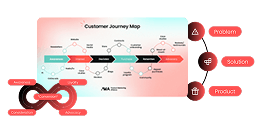




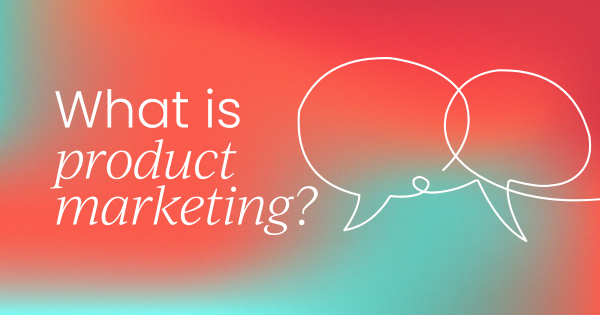
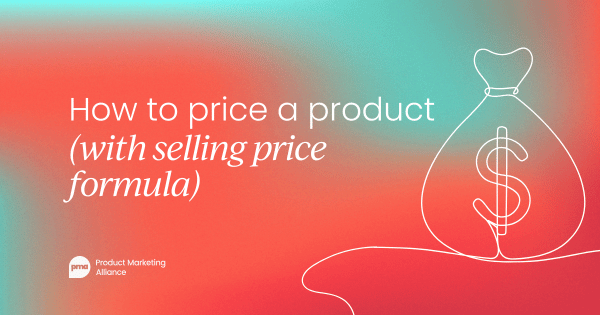

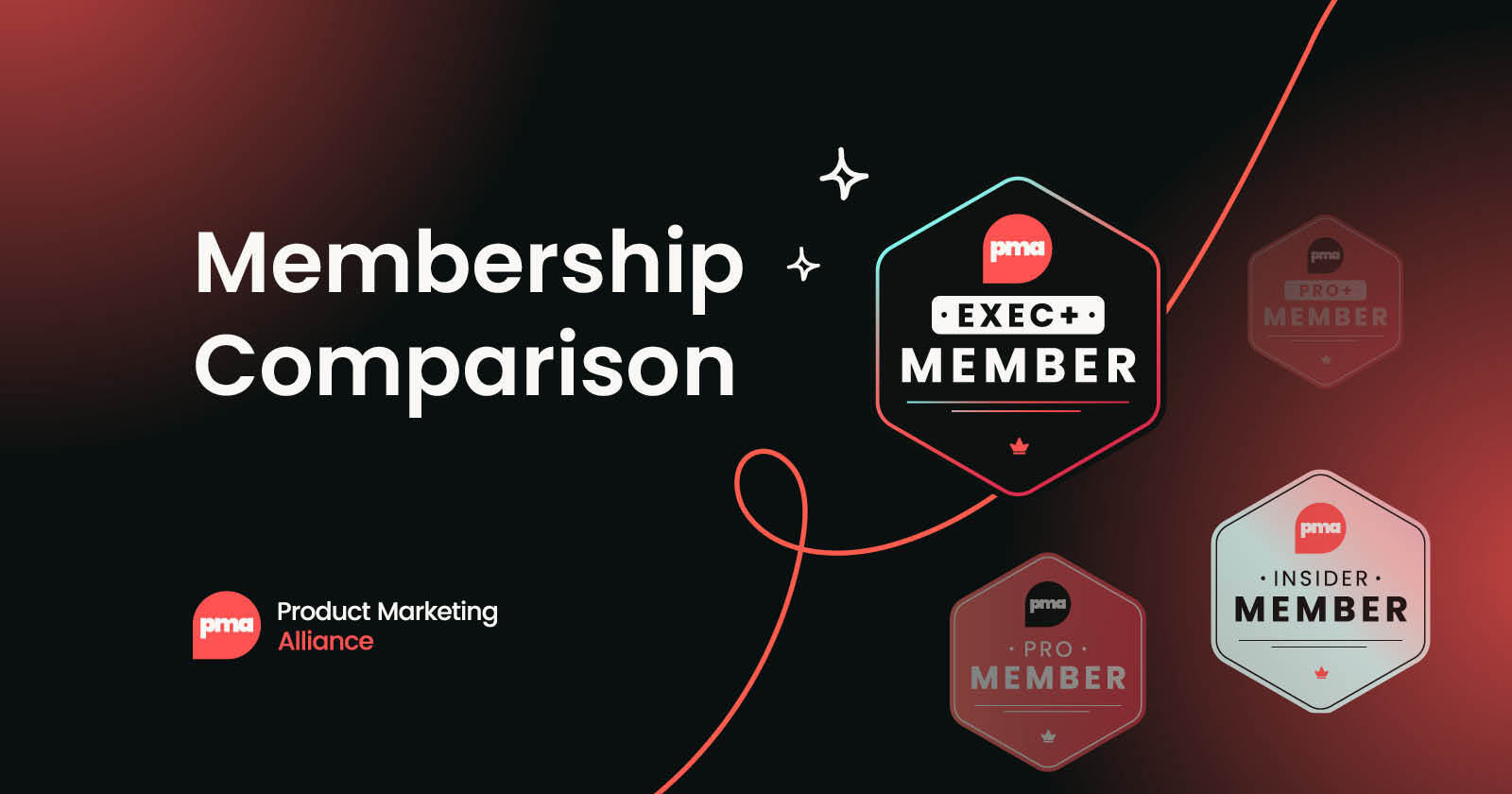
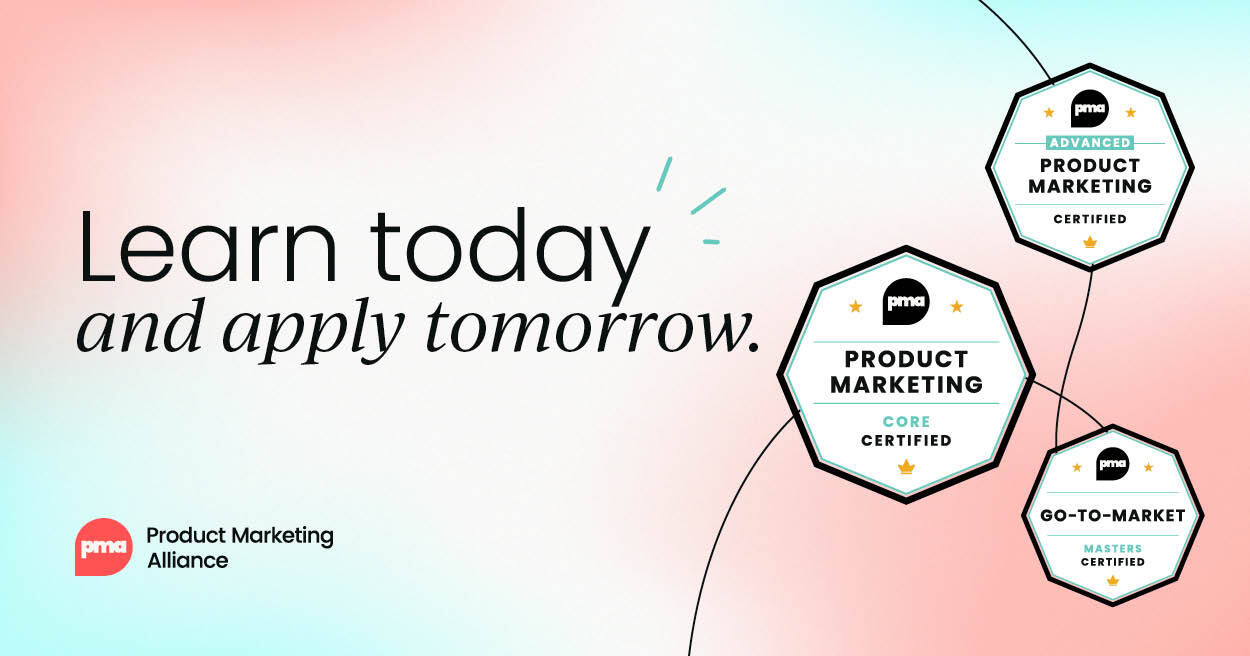
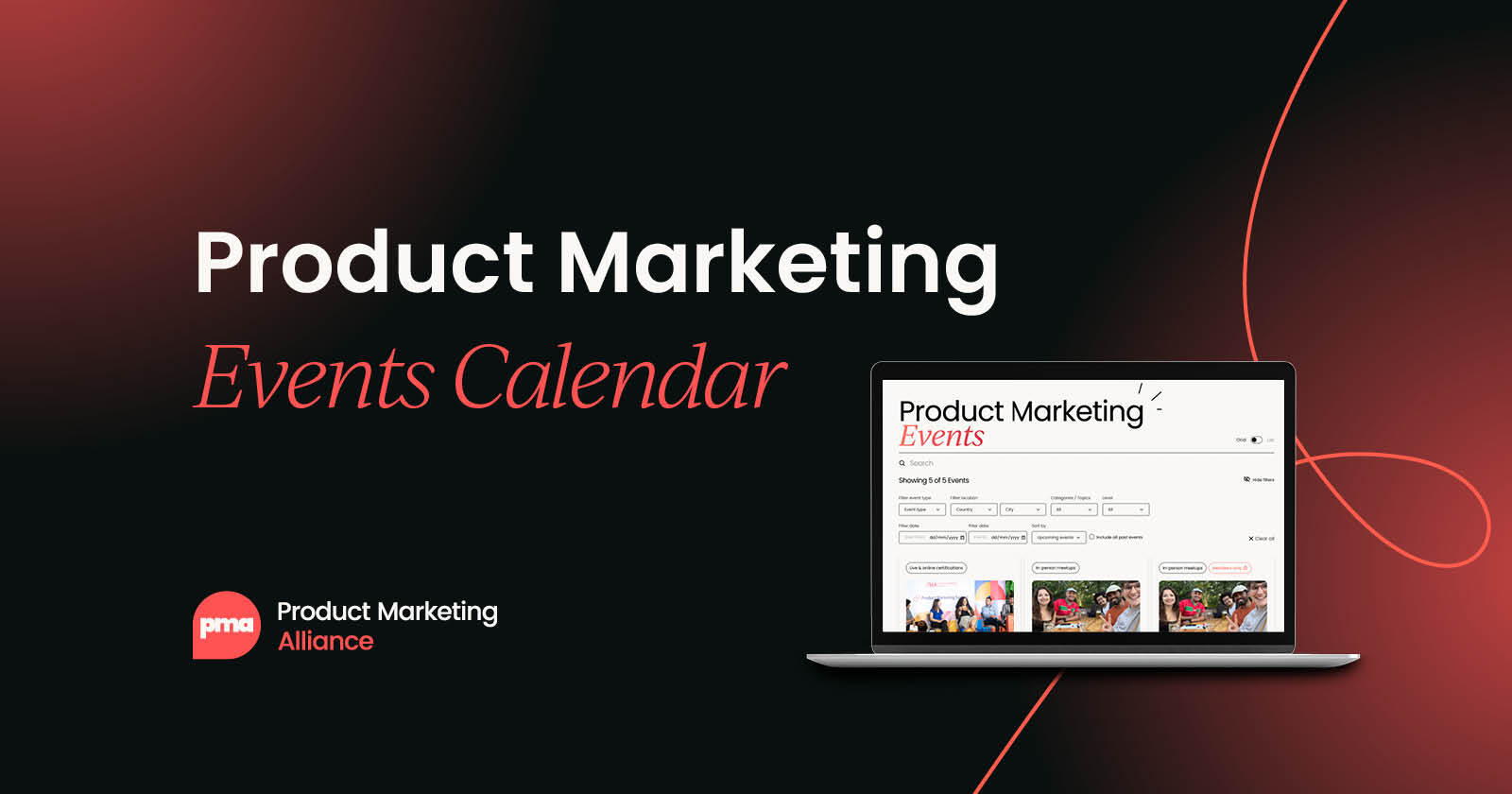


 Follow us on LinkedIn
Follow us on LinkedIn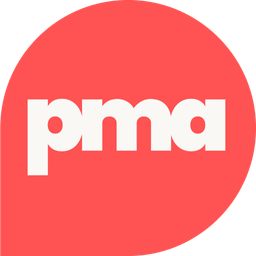
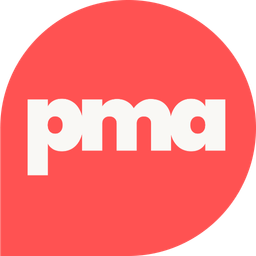





.svg)
Start the conversation
Become a member of Product Marketing Alliance to start commenting.
Sign up now